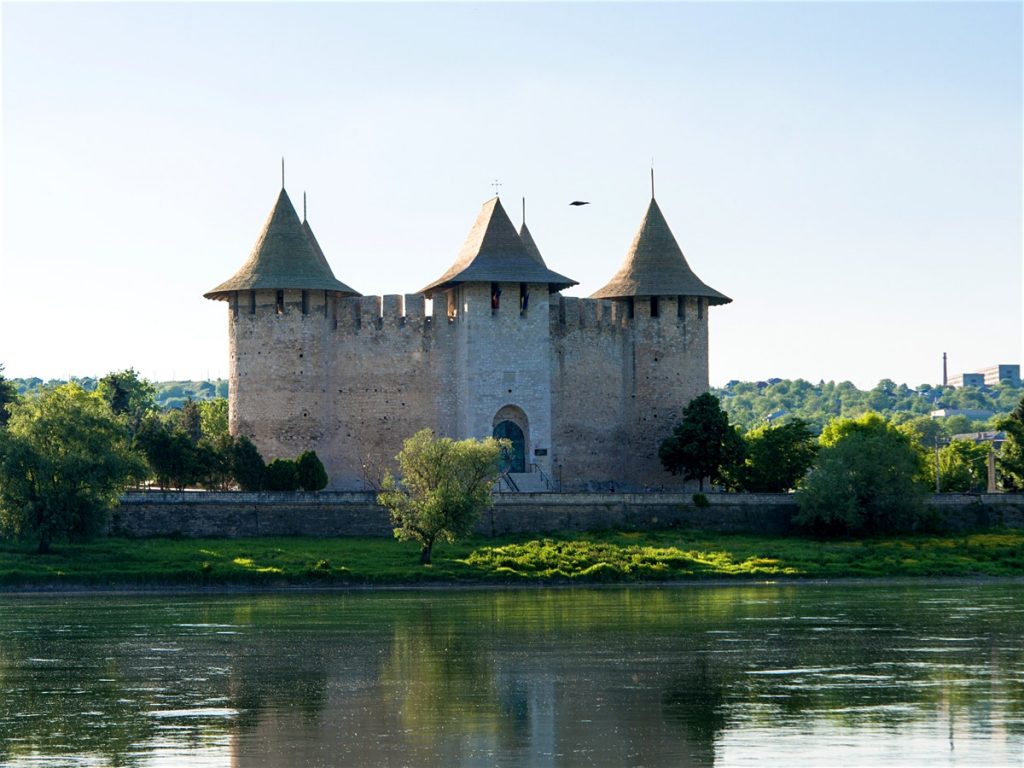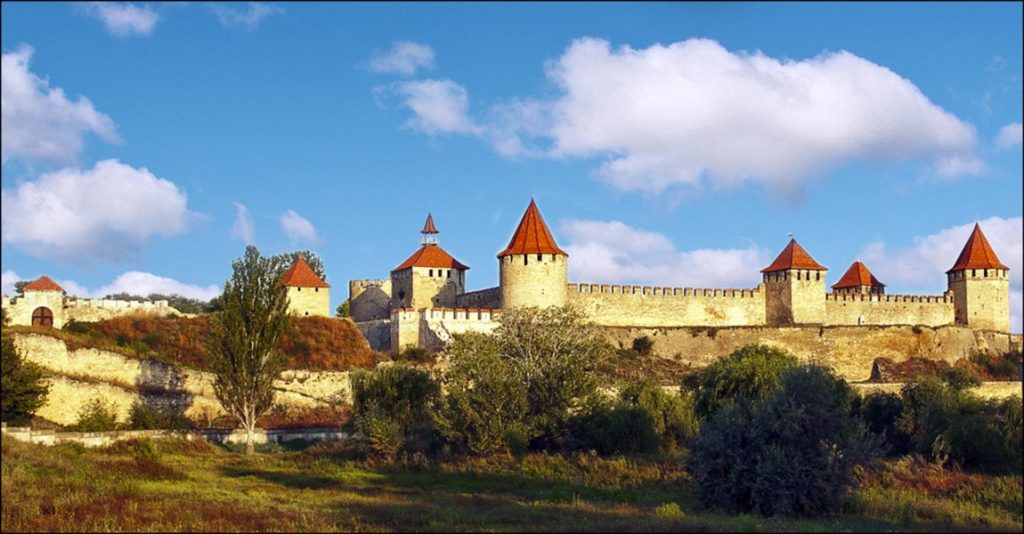Medieval Fortresses Of The Republic Of Moldova.
Most fortresses in the Republic of Moldova were built during the reign of Stefan the Great(1457-1504),representing the main defensive points for the Moldovan territory in the Middle Age.
Soroca Fortress.
Soroca fortress is an architectonic masterpiece of the Republic of the Moldova and the only fortress built in 15th century which has been preserved till now. Soroca Fortress is a unique historical monument of defensive constructions architecture of medieval Moldova.The stone fortress that we see today was built by a group of builders from Transylvania. Before the appearance of stone fortress,a fortress of wood and earth existed here,believed to be built in 1499 by Stefan The Great.
Soroca fortress is contemporary to the achievements of the Italian Renaissance; it carries features similar to many fortress of Northern Italy(Caprarola Castle and Castel Del Monte). There are plenty of elements that make Soroca fortress resemble to Queenborough,Walmer and Deal castles from Kent,England.
Soroca fortress in its historical past was the arena of the fiercest invasions.Here,at the foot of its walls the cruelest battles took part.

Tighina Fortress.
Tighina fortress,located on the bank of the Dniester River was one of the most powerful fortresses of Moldova.
During the ’70-’80 of the 14th century,Tighina was incorporated to the Principality of Moldova. Tighina becomes an important point on the Moldovan Trade Route linking Western Europe with Orient through the Danube ford from Isaccea,Byzantine regions from the right of the Danube with Caffa,Genoese colony in the Crimea.This trade route was also called Tartar Road. This road crossed in Tighina with the fluvial road leading from Hotin to Soroca,White Fortress and the Black Sea.
At the end of the 15th century,near the old locality Tighina,a fortress of wood and earth was built,thus completing the defense system of medieval Moldova and being in those times one of the most powerful citadels. The fortress was meant to impede the entry to Moldova,though the pass from Tighina,of the Tatars who participated in the Ottoman campaigns of 1476 and 1484 Ottoman against Stefan the Great.
After the defeat in Poltava(1709),the Swedish King Charles XII took refuge for several years in Bender.

